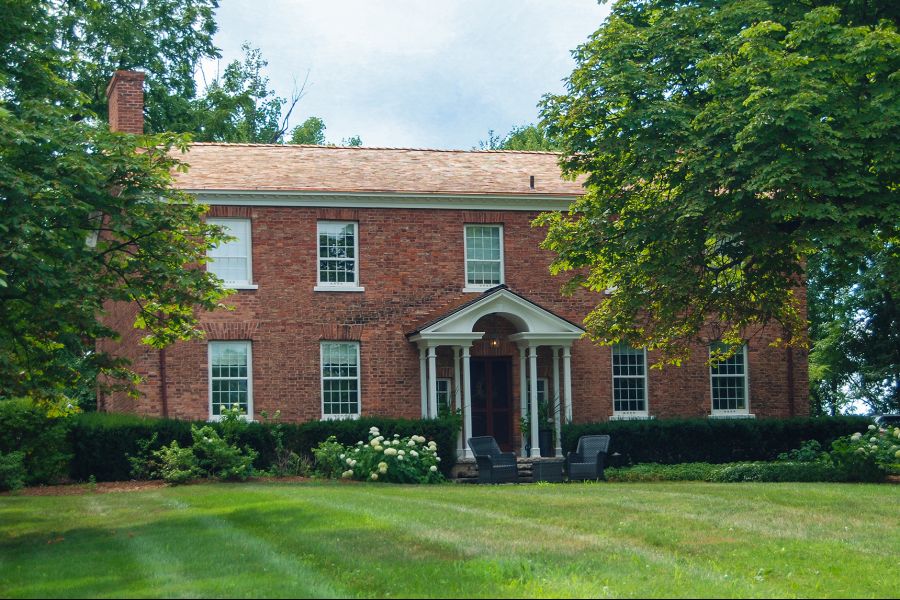No war has commenced with a neat line that divided people on one side or the other. In fact, history shows that usually there is a hard-core group at either extreme while the majority of folks sit in the middle ground; some having slight leanings one way or the other and many who just want to stay the hell out of it.
Unfortunately, societies in wartime have little tolerance for the middle ground; one is either for us or against us; and many are the people who have been the causalities to patriotic fervour.
Such appears to be the case with the Field family during the American Revolution. Accused of having Loyalist sympathies, they were forced to abandon their home and land in Pennsylvania and flee to Fort Niagara.
Whether the initial accusation was true, it is certainly understandable that their forced exile may have inspired George and his sons Daniel, Gilbert and Nathan to enlist with Butler’s Rangers. Of these four men, it was Gilbert who petitioned the Crown for and eventually received land grants (between 1794 and 1798) for more than 300 acres overlooking the Niagara River upon which he built a grand Georgian manor house in 1800.
Constructed of locally made bricks laid in a Flemish bond, Gilbert’s house was a grand classic Georgian of the Loyalist tradition. He built a two-storey, end-gable home with interior chimneys on which the front facade presents a strictly symmetrical five-bay design centred on the main entry door.
Two 12 over 12 pane windows are equidistantly placed to either side of the door with second-floor 12 over 8 pane windows ranked directly above each of the main-floor openings. Normally this would complete the Georgian facade but, perhaps to one-up his neighbour John MacFarland, who was building his statement house at the same time, Gilbert decided to splurge on six-pane foyer lights set to either side of the front door.
Commandeered for use as a barracks during the War of 1812, it did suffer damage (purportedly struck by five cannonballs) but survived the war relatively unscathed and continued to house members of the Field family until1925. Although sympathetic, the delicate white portico that graces the facade is a modern replacement.
Today, the Field House still holds pride-of-place on the Niagara River Parkway, reminding us of one refugee’s success.











